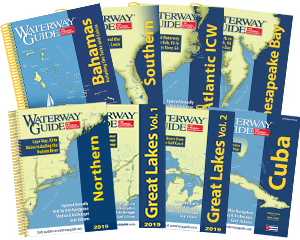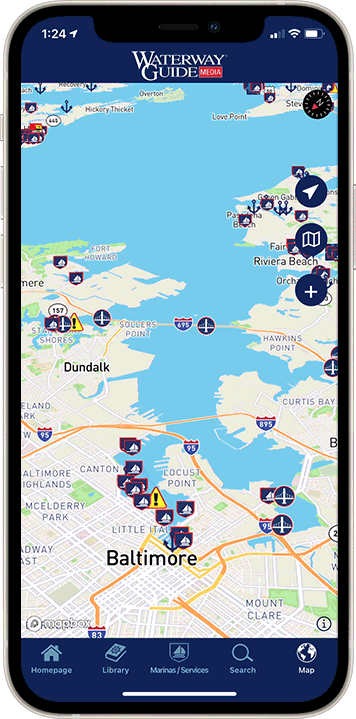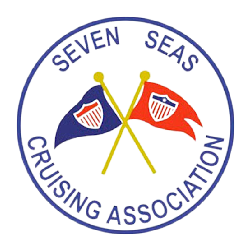
The Gulf Intracoastal Waterway (GIWW), stretching from Brownsville, TX, to Ft. Myers, FL, with an open-water gap between Carrabelle and Tarpon Springs, FL, offers a unique cruising experience. The traditional way to describe your direction of travel is to declare that you are "eastbound" if you're traveling from Texas towards Carrabelle, FL, and "westbound" if traveling the other direction. The following guide from "Cruising the Gulf Coast- Skipper Bob" is written as though you were navigating eastbound from Brownsville to Flamingo, FL, providing essential navigation tips, communication protocols, and safety measures for a seamless journey.
TIP: Distances are measured in statute miles east or west of the Harvey Lock in New Orleans. It is a good idea to switch your GPS to statute miles when cruising these waters.
Communication on the GIWW
It is important for your safety and enjoyment to be in communication with all commercial traffic you meet or overtake on the waterway.
VHF Channel Usage for Commercial Traffic:
- VHF-16: Used west of Pelican Island in Galveston, TX, and east of the Mississippi River.
- VHF-13: From Pelican Island, Galveston, TX, to the Mississippi River.
- VHF-67: Specifically in the Mississippi River (Gretna Light or Gov. Nichols).
Understanding Navigational Markers on the GIWW
The GIWW features a "reds on the landside" marker system, where red markers carry a yellow reflective triangle, and green markers have a yellow reflective square. In areas where the GIWW overlaps with other waterways, you can expect the buoys to conform to the local situation. However, you will still find a small yellow triangle on the "land" side and a small yellow square on the "sea" side of the GIWW markers. Pay close attention to your chart in these short stretches where the colors appear to be "backwards."
Interacting with Commercial Traffic
When cruising the GIWW–especially west of New Orleans–you will undoubtedly interact with commercial traffic. Passing tows need not be cause for concern if you follow a few simple rules. Have a solid understanding of the "Whistle" signals, even though you will be communicating via VHF rather than with sound signals. This seems to be the source of much confusion and most people make this subject WAY too complicated. Just remember:
-
If you're passing a tow (either meeting or overtaking) and the conversation centers around a "One Whistle" pass or "See you on the One," it means YOU will be turning right or deviating right, or staying to the right (starboard) to make the pass in all cases.
-
The "Two Whistle" pass means that YOU will be turning left or staying to the left (port) to execute the maneuver.
Tip: Think over several scenarios until it is clear in your mind, and you will find it easy to remember. Once you have a concrete understanding of what happens when you overtake, then it is easy to figure out the proper terminology when someone overtakes you.
Commercial tow captains prioritize smooth operations and professionalism, avoiding conflicts that could lead to legal hearings. Boaters should always be aware of their surroundings, including nearby tows and their speeds, typically ranging between 5 and 7 knots. Communication via VHF radio is crucial, especially when navigating close encounters or overtaking scenarios.
Bridges, Locks, and Night Navigation
Bridges respond on VHF-13 and sometimes VHF-16, except in Florida where they use VHF-09 and VHF-16.
Locks use VHF-14.
TIP: Tell them you are a pleasure craft and make your request. If appropriate, announce your intentions. Locks sometimes ask for your documentation or State registration number, so have that information handy.
Even though barge traffic operates 24/7, very few yachtsmen find it comfortable to run the GIWW at night, especially west of Mississippi Sound. There is simply too much chance of hitting a semi-submerged tree, crab pot, or a piece of floating tow line. Keep in mind, there are long stretches of waterway without any repair facilities so damaging your running gear is almost sure to take the fun out of a nice trip.
For more helpful advice on cruising the GIWW, check out the Skipper Bob Publication, Cruising the Gulf Coast in the Ship Store or in the Mobile App. and consider purchasing the Waterway Guide Gulf Coast Edition.












